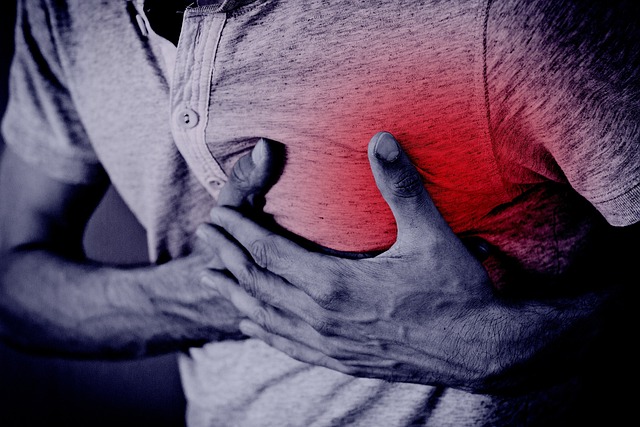What is a Heart Attack?

What are its Signs and Symptoms?
When a clot or thrombus forms in the blood, the clot travels from the vein into the major, arteries.
After passing through the lung this clot enters the main coronary artery of the heart and blocks it, cutting of blood flow to the heart and causing a heart attack.
When a heart attack or infarction occurs, quick medical measures should be taken for the person first, call the emergency room and start CPR.
Heart attack or infarction is a subset of cardiovascular disease that unfortunately causes death, but with timely measures, a person’s death can be prevented.
What is a Heart Attack?
Humans need a regular heartbeat to survive. Heartbeat is one of the most important factors in every person’s life.
A heart attack happens when the main blood vessels are blocked by a thrombosis or a clot or fat, and the blood supply to the heart muscle is not done as a result, the lack of blood supply causes a decrease in oxygen in the blood and the heart stops working. The heart needs oxygen and blood to continue its life when these two life factors do not reach the heart, the heart loses its function and makes the treatment more and more difficult.
A heart attack or infarction is one of the most painful complacent in the body.
Anyone who has experienced the heart of loved ones can fully understand the depth of the pain.
Heart failure symptoms
In some people, heart attack symptoms start mildly, and gradually the pains become more severe.
1-The pain that spreads in chest pain and back pain.
2- Cold sweat.
3-The color of the face becomes white and soulless, but after a heart attack, the color of the face becomes black.
4-Dys pane.
5-Nausea and vomiting.
6-High blood pressure.
7-Pain in the left hand, neck, and chin.
8-Restlessness.
9-Stomach and abdominal pain.
10-cough.
11-Dizziness.
The main causes of heart attack MI
High blood fat
Uncontrolled diabetes
High blood pressures
Unhealthy diet
Smoking and cigar
Stress
Age increasing
First aid for a person who has a heart attack
Impair a person`s range of motion
Place the person in a semi-sitting or sitting position.
Calm the environment meant.
Free someone`s clothes and unbutton the clothes. remove women`s bras completely.
Call the emergency
Give 4 chewable aspirin tablets 80 with a little water.
Pearl TNG 0/4 mg sublingually it is better to make a bole before putting TNG under the tongue so that it can be absorbed faster.
Ways to Prevent Heart Attack
To prevent a heart attack, pay attention to the flowing points
Have regular exercise take a walk during the day
Drink a few glasses of water before going to bed
Do not smoke and do not be exposed to cigarette smoke
Consume dark chocolate to prevent blood clots and blood cholesterol
Get enough sleep
Include fish consumption in your weekly diet plan
Healthy and regular sex prevents heart attack and stroke
Get rid of stress and anxiety
Ways to treat MI heart attack
Herat attack patients should receive prompt medical treatment
In a very small number of people, a heart attack appears without symptoms but in most cases, people confuse it with other pains.
Due to a lack of knowledge and familiarity with heart attacks.
After Calling The Emergency
Emergency agency medical specialists whit introduce you to two vital drugs to prevent the complications of a heart attack in case of conscious, which must be given to the patient quickly.
Aspirin 80 tablets with a dose of 320 mg.
Causes blood thinning, and also pearl TNG sublingual reduces blood pressure and dilates blood vessels. these two drugs prevent heart attacks.
If you didn`t have the medicines available and the person had a heart attack, you have 4 to 6 minutes per form CPR correctly for cardiopulmonary resuscitation and prevention of brain hypoxia.
Angiography: Angiography is performed to eliminate thrombosis in the vein Angiography is performed in two ways therapeutic and diagnostic in the diagnostic method the angio enters the body through the radial artery and the inside of the vessels is examined.
But angiotherapy is done from the femoral artery for treatment.
Angioplasty: Angioplasty is performed in two ways PCL or stenting when the arteries are narrowed after PCI, Stenting is done inside the arteries in this case, the arteries remain open and blood supply to the heart organ is done more easily.
After angiography and angioplasty, the cardiovascular surgeon performs open heart surgery if she cannot open the blocked arteries.
Leave a Reply